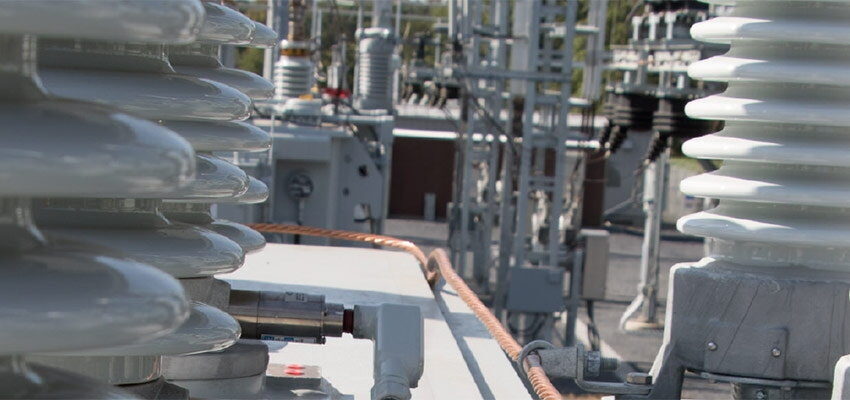
Bushing sensors and their role in reliable on-line bushing monitoring
Abstract On-line monitoring has proven to be an effective technology to detect deteriorating high voltage bushings and prevent failures. While there is much focus placed...
byMark TOSTRUD

Abstract
On-line monitoring has proven to be an effective technology to detect deteriorating high voltage bushings and prevent failures. While there is much focus placed on the monitor and the data it provides, the sensors used to transmit the signals are often overlooked. An on-line bushing monitoring program is only as good as the quality and reliability of the sensors used to provide the signals. Many problems and false alarms can be avoided by using a properly designed sensor and making sure it is correctly installed. This article will discuss what to consider when selecting a bushing sensor and how to install the sensor properly.
Keywords: open circuit protection, transient surge protection, moisture ingress, power factor
1. Introduction
Although bushing manufacturers continue to improve the quality and reliability of their product, the 2015 CIGRE Transformer Reliability Study shows that bushing failures continue to be one of the leading causes of transformer failures around the globe. The study also shows that bushing failures were the cause of over one third of the transformer failures involving fires or explosions. Due to the financial impact a catastrophic transformer failure can have, many utilities are turning to on-line bushing monitoring to identify deteriorated bushings earlier and prevent transformer failures [1].
On-line bushing monitoring systems have been successfully used by the utility industry for over 20 years. They have a proven track record for being able to identify degrading bushings early in the failure process. By providing early warning, users have additional time to plan and schedule an outage to replace the bushings. While there are many users that have successful on-line bushing monitoring programs, some users cite problems with false alarms from the monitor. While there can be multiple reasons for a false alarm, sensor related problems are one of the more common complaints. The use of properly designed sensors and correctly installing the sensors can improve the reliability of the on-line monitoring system.
This article will discuss the different styles of bushing sensors available on the market today, the protection the sensors must provide to prevent equipment damage and protect utility personnel, and the installation procedures that can help to prevent false alarms.







